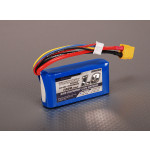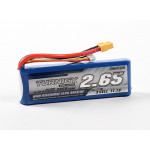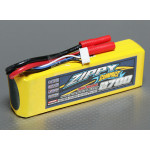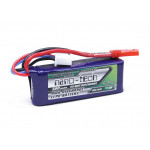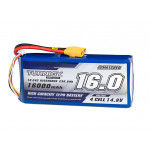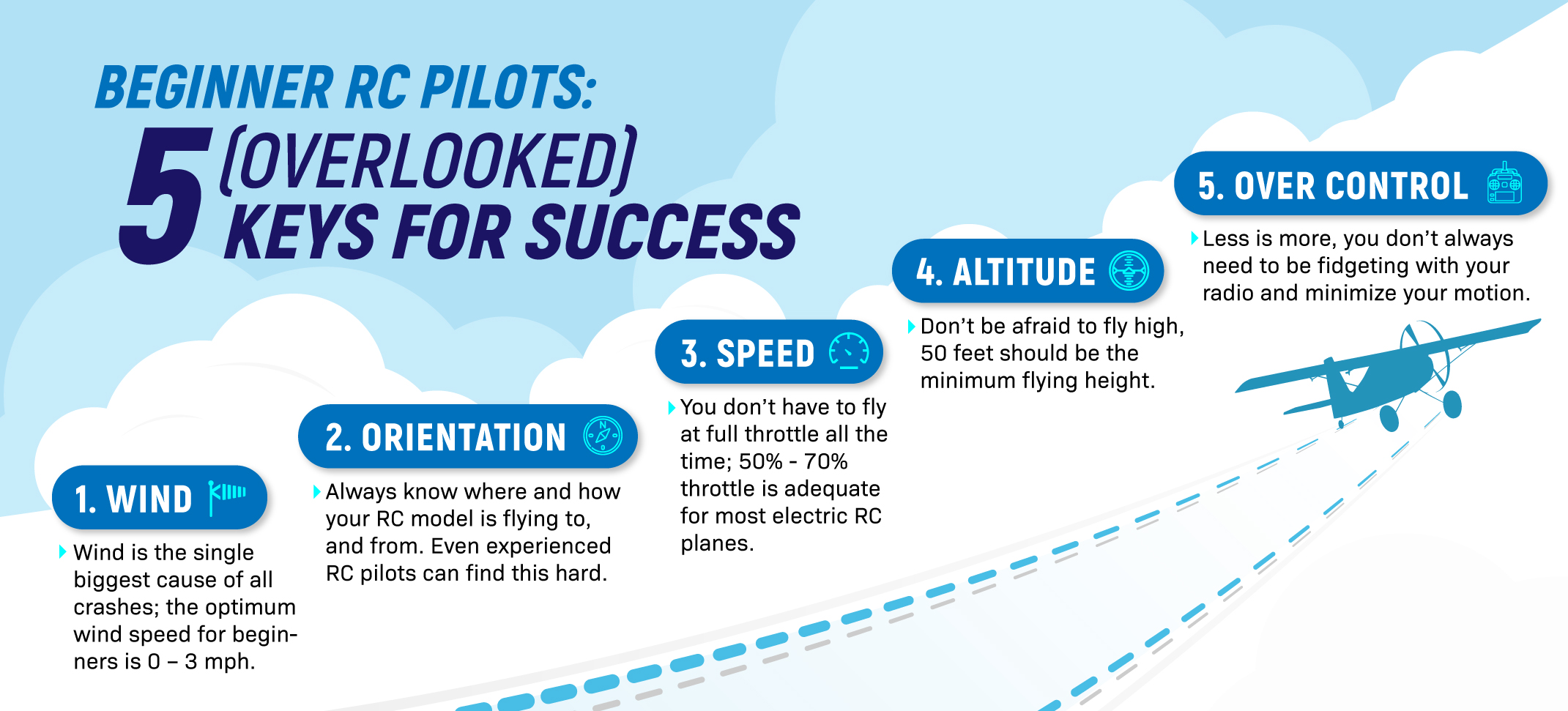
Whether you are learning to fly on your own or have a coach, you will need to be mindful of these five (commonly overlooked) areas if you want to become a successful RC pilot. In no particular order (as they are all equally important) these are Wind, Orientation, Speed, Altitude, and Over Control.
Wind
The single biggest cause of all crashes has been the insistence to fly under non-favorable wind conditions. If you are under an instructor's control or on a buddy box, then follow their advice. But if you are trying to learn on your own, regardless of the model, I recommend calling it quits if the wind is blowing at, or over 5 mph (nautical miles per hour) - the optimum range for beginners is 0 to 3 mph.
Here is a little story to illustrate my point: the wind was around 8 mph steady with gusts up to 12 mph. That was strong enough for some of the more experienced pilots to abandon the mission. This beginner, however, insisted on trying out his new two and three-channel park flyers. Crash, Crash, and Crash - three new RC planes reduced to a shamble. He just wouldn't listen. Sometimes you just have to let them crash. There is no other way to get them to understand.
Many park flyers can be flown in higher winds by AN EXPERIENCED PILOT. I have flown my Aerobird in 18 mph wind (clocked speed), but it is quite tricky trying to land it.
Always keep your RC plane upwind from you. There is no reason for a new flyer to have the plane downwind EVER!
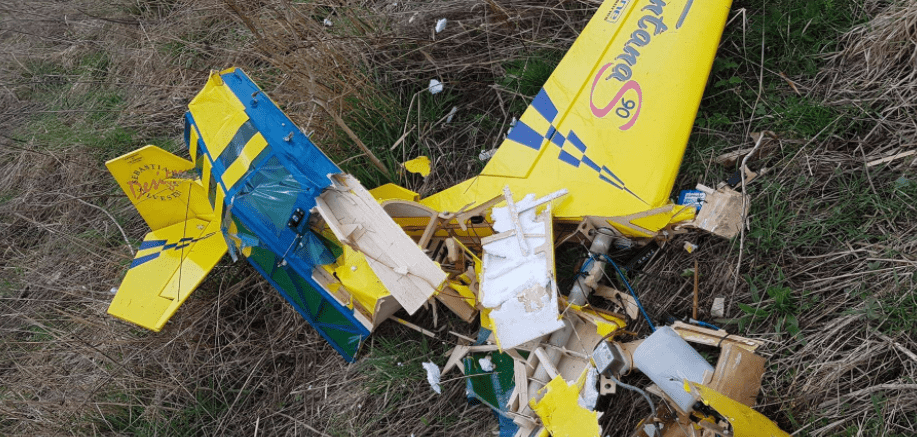
Orientation
Being aware and knowing where your RC plane is a real challenge, even for experienced pilots. A lot of beginners have a difficult time overcoming their fears of losing orientation of their planes and crashing it; or worse, flying too far away and never seeing it again. Here are two suggestions on how to work on orientation when you are not flying.
Use a flight simulator. Pick a slow flying model and fly it a lot. Forget the jets and fast planes. Pick a slow one. Focus on left and right coming at you. Keep the plane in front of you and don't let it fly over your head.
An alternative is to try an RC car that has proportional steering. You don't have to worry about lift, stall, and wind. Get something with left and right steering and speed control. Set up an easy course that goes toward and away from you with a lot of turns. Do it very slowly at first until you can make the turns easily. Then build speed over time. If it has sticks rather than a steering wheel even better, but not required. Oh, and little cars are fun too.
Speed
Too much speed is an enemy for new RC pilots, but if you fly too slowly the wings can't generate enough lift - so you need to compromise. The key message is that you don't have to fly at full throttle all the time. Most electric RC planes fly very nicely at 2/3 throttle and some do quite well at 1/2. That is a much better training speed than full power. Launch at full power and climb to a good height, say 100 feet as a minimum, so you have time to recover from a mistake. At 100 feet, about double the height of the trees where I live, go to half throttle and see how the plane handles. If it holds altitude on a straight line, this is a good speed. Now work on slow and easy turns, work on left and right, flying toward you and maintaining altitude. Add a little throttle if the plane can't hold altitude.
Altitude
New flyers are often afraid of going too high. They feel safer closer to the ground. Nothing could be more wrong. Altitude is your friend. As stated above I consider 100 feet to be a good flying height and I usually fly much higher than this. Remember, the more altitude you have, the more leeway you have for mistakes. 50 feet is the minimum flying height for new flyers - below that you better be lining up for landing.

Over Control
Most of the time your RC plane does not need any input from you. Once you get to height, a properly trimmed plane flying in calm air will maintain its height and direction with no additional assistance whatsoever. In fact, anything you do may interfere with the plane.
When teaching new pilots, I often do a demo flight of their RC airplane. I get the plane to 100 feet, then bring the throttle back to a nice cruising speed. I get it going straight, with plenty of space in front of it, then take my hand off the sticks and hold the radio out to the left with my arms spread wide to emphasize that I am doing nothing. I let the plane go wherever it wants to go, as long as it is holding altitude, staying upwind, and has enough room. If you are flying a high-wing trainer and you can't do this, your plane is out of trim.
Even in a mild breeze with some gusts, once you reach flying height, you should be able to take your hand off the stick. The plane will move around and the breeze might push it into a turn, but it should continue to fly with no additional help from you.
Along this same line of thinking, don't hold your turns for more than a couple of seconds after the plane starts to turn. Understand that the plane turns by banking or tilting its wings. If you hold a turn too long, you will force the plane to deepen this bank and it will eventually lose lift and go into a spiral dive and crash. Start your turn then let off, then turn some more and let off. Remember to always start your turns long before you need to, and you won't need to make any sharp or forced turns.
---
About the Author: Ed (AEAJR)
Ed is a seasoned RC hobbyist with over 20 years of flying and bashing experience under his belt. He is an advocate of the hobby and his passion and dedication in helping beginners are truly remarkable. He is a member of the Long Island Silent Flyers (LISF), New York where he has been the VP and President; and is currently an AMA contest Director, an instructor, and a flight examiner.
Ed has published over 40,000 posts across numerous RC forums with a focus on helping new pilots. He has also written an e-book that consists of 24 chapters covering almost everything you will need to know about the hobby. If you want to contact Ed, he goes by the handle AEAJR on all the major RC forums.
Hear it First: Join our Mailing List
Sign up to receive new product updates, exclusive discounts, news, and more!

